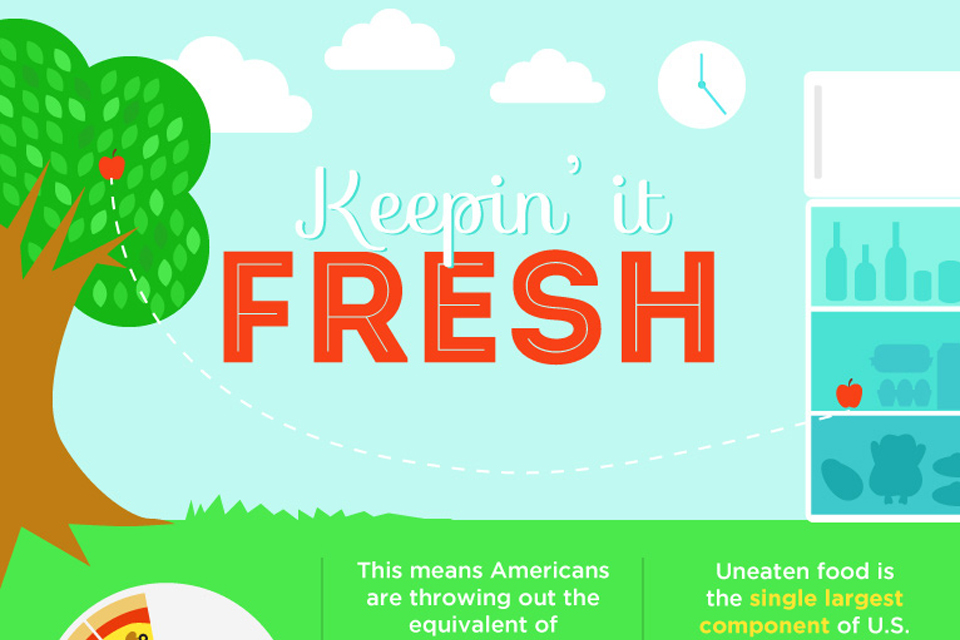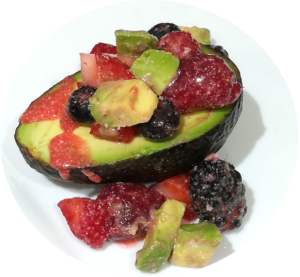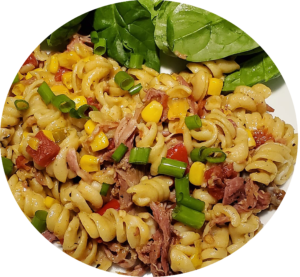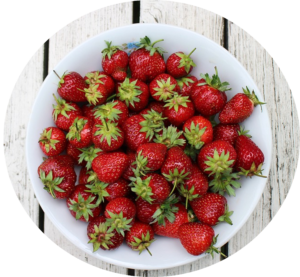Uneaten food is the single largest component of municipal solid waste in the United States. More than 40% of food goes uneaten, making it cost as much as $165 billion each year in waste.
With an estimated 1 in 6 Americans suffering from a lack of stable food supply, if we reduced food waste by just 15%, we could feed more than 25 million Americans. Properly storing your food is one main way to cut down on waste. Check out these great hacks for keeping food fresh longer in the fridge.
1. Food Storage for Refrigerator Shelves.
Depending on the type of food you are storing in your refrigerator, you may choose to leave it on the bottom, middle, or upper shelves. Any type of meat and poultry is best stored on the bottom shelf because it is the coldest part of the fridge.
Foods that suffer from a higher safety risk such as eggs, dairy, cheese, or deli meats are best suited for the middle or lower shelf area. The top upper shelf is considered the warmer of all the shelves. Foods that do not have a high safety risk such as drinks and leftovers are best assigned to this area.
2. Food Storage for Refrigerator Doors.
The refrigerator doors are the warmest section in the entire refrigerator. It is best suited for condiments. Avoid putting anything perishable in this area.
3. Food Storage for Refrigerator Drawers.
Depending on the humidity setting for your drawers, each serves as an ideal option in storage. Low humidity, with an open vent is great for foods that have high gas emitters or sensitivities. This is perfect for fruits and vegetables that will breakdown and rot such as apples, grapes, pears, peppers, and squash.
A medium setting is when the vent is half open and half close. This is great for medium ethylene gas emitters and are recommended for fruits and vegetables like lemons, limes, sweet potatoes, oranges, and tomatoes.
The highest setting for your humidity drawer means that your vent is left closed to prevent air from entering and allowing water vapor to remain in the drawer. This is best for vegetables that might wilt such as carrots, leafy greens, spinach, green onions, basil, broccoli, cauliflower, and lettuce.
8 Maintenance Tips to Get Your Refrigerator to Last Longer.
1. Bacteria grows rapidly between 40 and 140 degrees. Setting your refrigerator to 38-40 degrees will discourage any growth.
2. Letting ice build up forces your fridge to use more energy.
3. Allow enough space between foods so cold air can circulate between.
4. Remove dust from condenser coils every few months to improve air circulation and efficiency.
5. Vacuum and wipe all door seals for trapped crumbs and food bits. This can allow temperatures to fluctuate and food to spoil quicker.
6. Check for cracks and damaged fridge seals regularly. This can raise your energy bill.
7. Keep pitchers of water or ice packs stored to prevent warm air from heating items when the door is open.
8. Leave several inches of space between the wall and fridge to prevent heat from being trapped. This can force the appliance to work harder.








